“Wine Decoded Yarra Valley Shiraz 2016” has been added to your cart. View cart
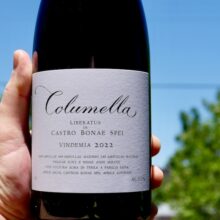
Product information
Sadie Family Swartland Columella 2022
$364
$349ea in any 3+
$334ea in any 6+
Alc: 13.5%
Closure:
Cork
Description
“This is the lightest bodied Columella ever, according to Eben Sadie, but he’s not lost any concentration or intensity at the lower alcohol level. Sourced from 12 different vineyards, seven of which are on the Paardeberg, this features components from slate, gravel, granite and sandstone soils and is a brilliant vintage of one of the world’s greatest reds. Partnering Syrah, Mourvèdre, Grenache, Carignan, Cinsault, Tinta Barocca and Pinotage, this is an almost indecently perfumed cuvée with lilac, fynbos and rose petal aromas, plum, red cherry and blackberry fruit, subtle 5% new wood and a focused, grippy, stony finish. Wonderful stuff.”
Tim Atkin MW, South Africa Report 2024 99 Points NM 95
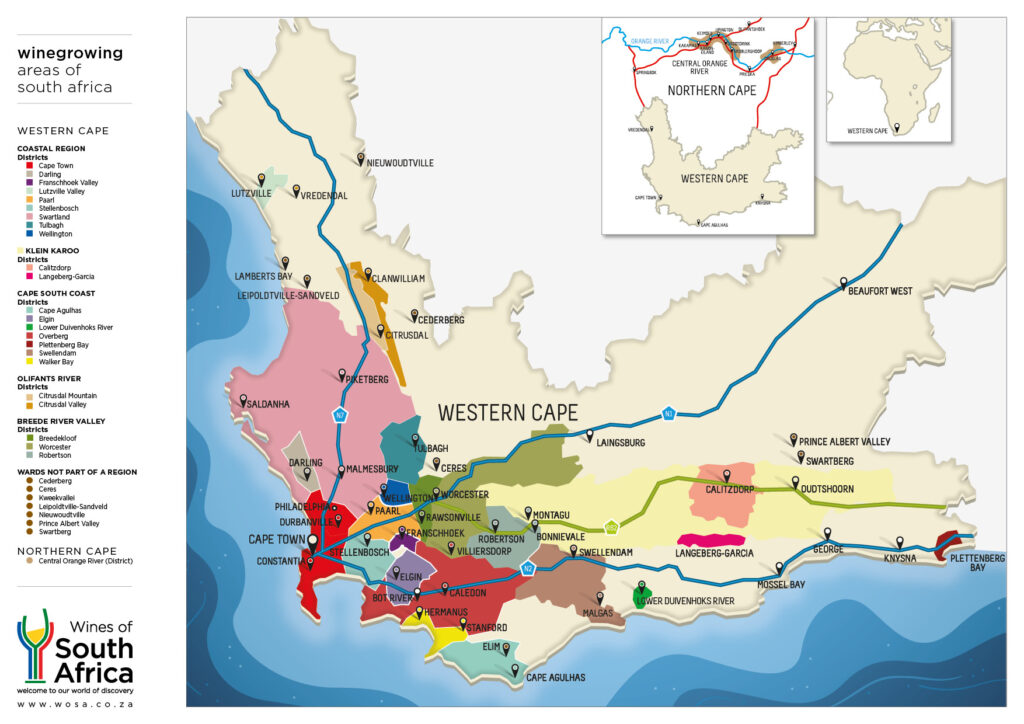
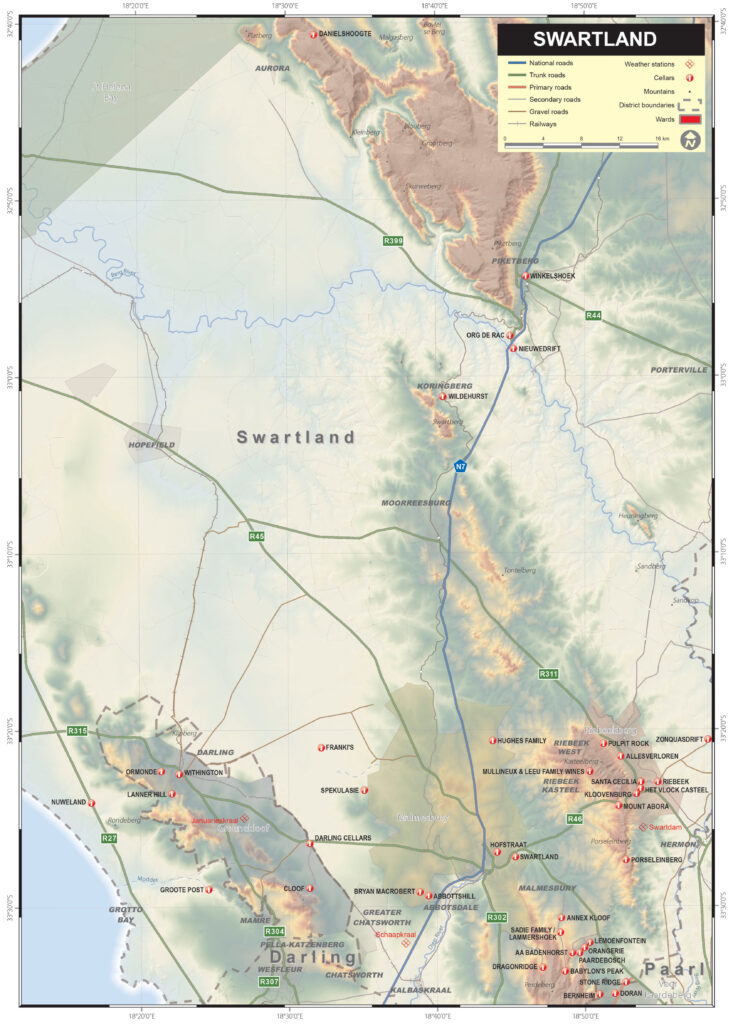
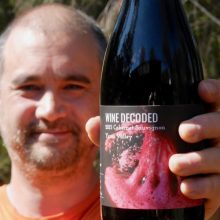
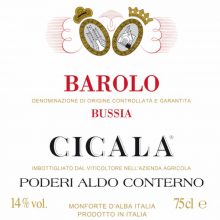

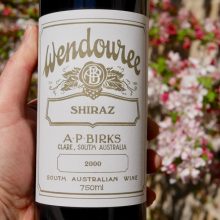
You must be logged in to post a comment.